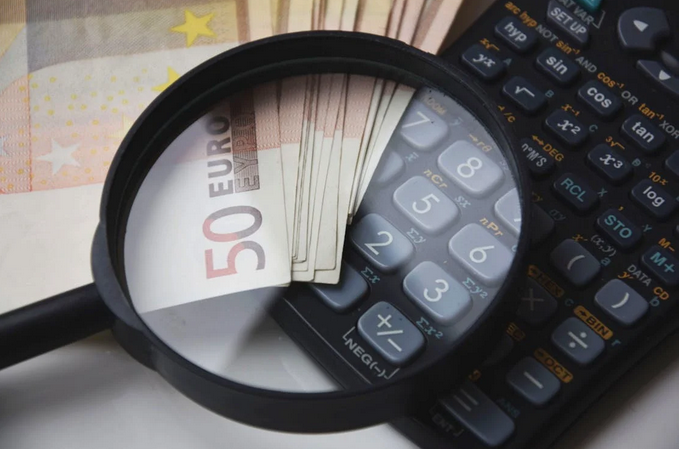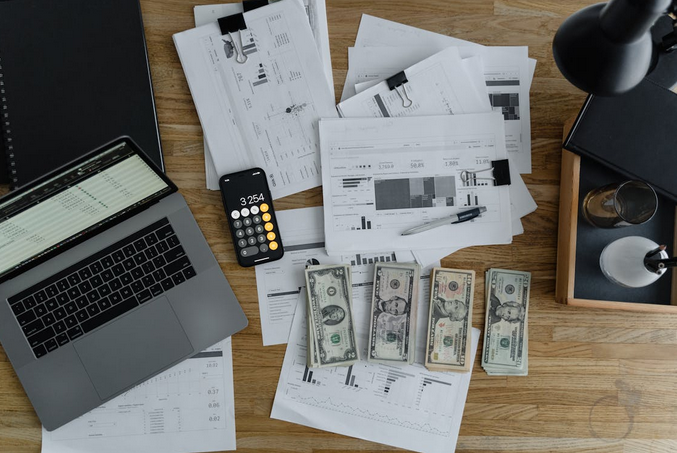Emergency Funds Are Boring — And That’s Exactly Why You Need One

Let’s be honest—saving for an emergency fund doesn’t exactly get your heart racing. It’s not flashy like investing in stocks or rewarding like saving for a vacation. In fact, it’s kind of…boring. But here’s the truth: when it comes to personal finance, boring can be beautiful. A solid emergency fund is like a financial seatbelt—it just sits there quietly, until the moment you really need it. And when that moment comes, you’ll be incredibly glad you buckled up. Let’s dive into why this low-key safety net deserves a spot at the top of your financial priorities.
Life Happens—Usually When You Least Expect It
The car breaks down. You lose your job. The dog needs emergency surgery. Life is full of expensive surprises, and most of them don’t give you a heads-up. An emergency fund turns a financial crisis into a manageable inconvenience. Instead of reaching for your credit card or stressing about how you’ll make rent, you’ve got a buffer ready to catch you.
Credit Cards Are Not Emergency Plans
It’s tempting to think, “If something bad happens, I’ll just use my credit card.” And sure, it might work—for now. But relying on credit during emergencies can lead to high-interest debt that takes months (or years) to pay off. An emergency fund lets you handle unexpected expenses without going into panic mode or piling on more debt. It’s not about avoiding credit altogether—it’s about giving yourself options.
It Doesn’t Have to Be Huge to Be Helpful
When people hear “emergency fund,” they often imagine needing to save six months’ worth of expenses right away. That’s overwhelming—and honestly, not realistic for most people starting. But even a small emergency fund of $500 to $1,000 can make a big difference. It covers car repairs, vet visits, and surprise bills without wrecking your monthly budget. Start small and build over time.
Automation Makes It Easy (and Forgettable)

The good news? Saving for an emergency fund doesn’t have to take a ton of effort. Set up an automatic transfer to a separate savings account, and let it build quietly in the background. You won’t miss the money as much as you think, and you’ll barely notice it growing—until you need it. And then? You’ll be your own hero.
Peace of Mind Is Priceless
There’s something incredibly comforting about knowing you’ve got a financial cushion. You sleep better. You stress less. You stop dreading unexpected bills. That peace of mind might not show up in your bank balance, but it seriously improves your quality of life. An emergency fund may be “boring,” but it gives you the freedom to focus on the things that really matter—without constant money anxiety in the background.
It Protects Your Long-Term Goals
Without an emergency fund, any surprise expense can derail your savings goals. Maybe you have to dip into your vacation fund, or worse, pull money from your retirement account. That’s how financial progress gets delayed—or even reversed. An emergency fund acts like a buffer between you and your goals, absorbing the hits so your plans don’t fall apart every time life throws you a curveball.
Emergency funds won’t win you any financial bragging rights. No one’s posting screenshots of their rainy-day savings on Instagram. But when real life happens—and it will—your emergency fund will be the quiet MVP. It’s the financial equivalent of an umbrella on a cloudy day: not exciting, but essential. So go ahead—embrace the boring. Your future self will thank you.…










 Did you know the short animation film, Window Horses, was funded through crowdfunding? Yes, this is one of the easiest ways for independent filmmakers and animators to finance their projects. All you need to do is create a well-crafted campaign that tells your story, outlines the budget, and explains why people should contribute.
Did you know the short animation film, Window Horses, was funded through crowdfunding? Yes, this is one of the easiest ways for independent filmmakers and animators to finance their projects. All you need to do is create a well-crafted campaign that tells your story, outlines the budget, and explains why people should contribute.

 Virtual credit cards have revolutionized the world of online payments. By allowing customers to create one-time use numbers for specific transactions, these cards help reduce the risk of fraud and keep confidential personal information safeguarded.
Virtual credit cards have revolutionized the world of online payments. By allowing customers to create one-time use numbers for specific transactions, these cards help reduce the risk of fraud and keep confidential personal information safeguarded. FIDO (Fast IDentity Online) technology is another innovative development that has been incorporated into many credit cards. It utilizes two-factor authentication to offer customers more secure payment methods. Customers have the option of using a traditional password or PIN as well as biometric authentication, such as their fingerprints and facial recognition, to confirm their identity. This technology has made it easier for card issuers to detect fraudulent activities and protect customers from potential security threats.
FIDO (Fast IDentity Online) technology is another innovative development that has been incorporated into many credit cards. It utilizes two-factor authentication to offer customers more secure payment methods. Customers have the option of using a traditional password or PIN as well as biometric authentication, such as their fingerprints and facial recognition, to confirm their identity. This technology has made it easier for card issuers to detect fraudulent activities and protect customers from potential security threats.
 The longer you have been using credit, the better it is for your credit score. This demonstrates to lenders that you are a responsible borrower who can be trusted with a loan. New borrowers may not have as high a score as those who have had credit for many years.
The longer you have been using credit, the better it is for your credit score. This demonstrates to lenders that you are a responsible borrower who can be trusted with a loan. New borrowers may not have as high a score as those who have had credit for many years.
